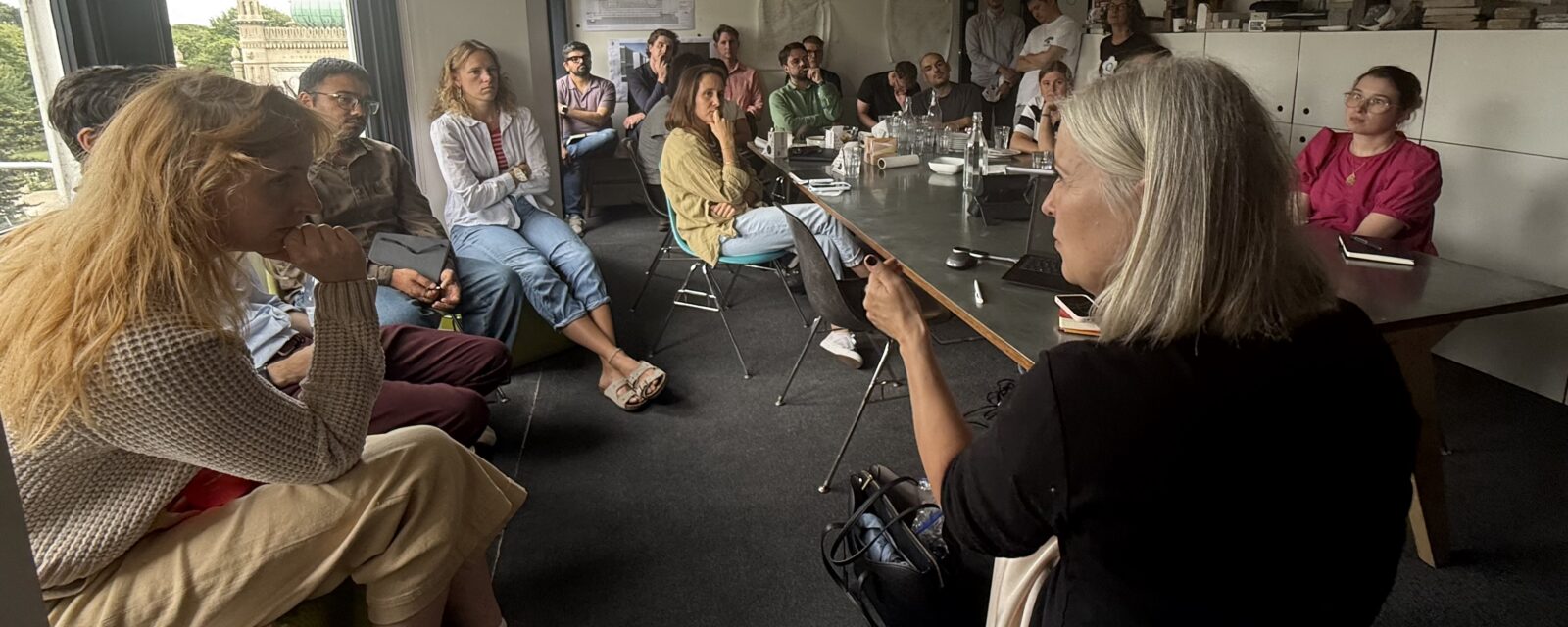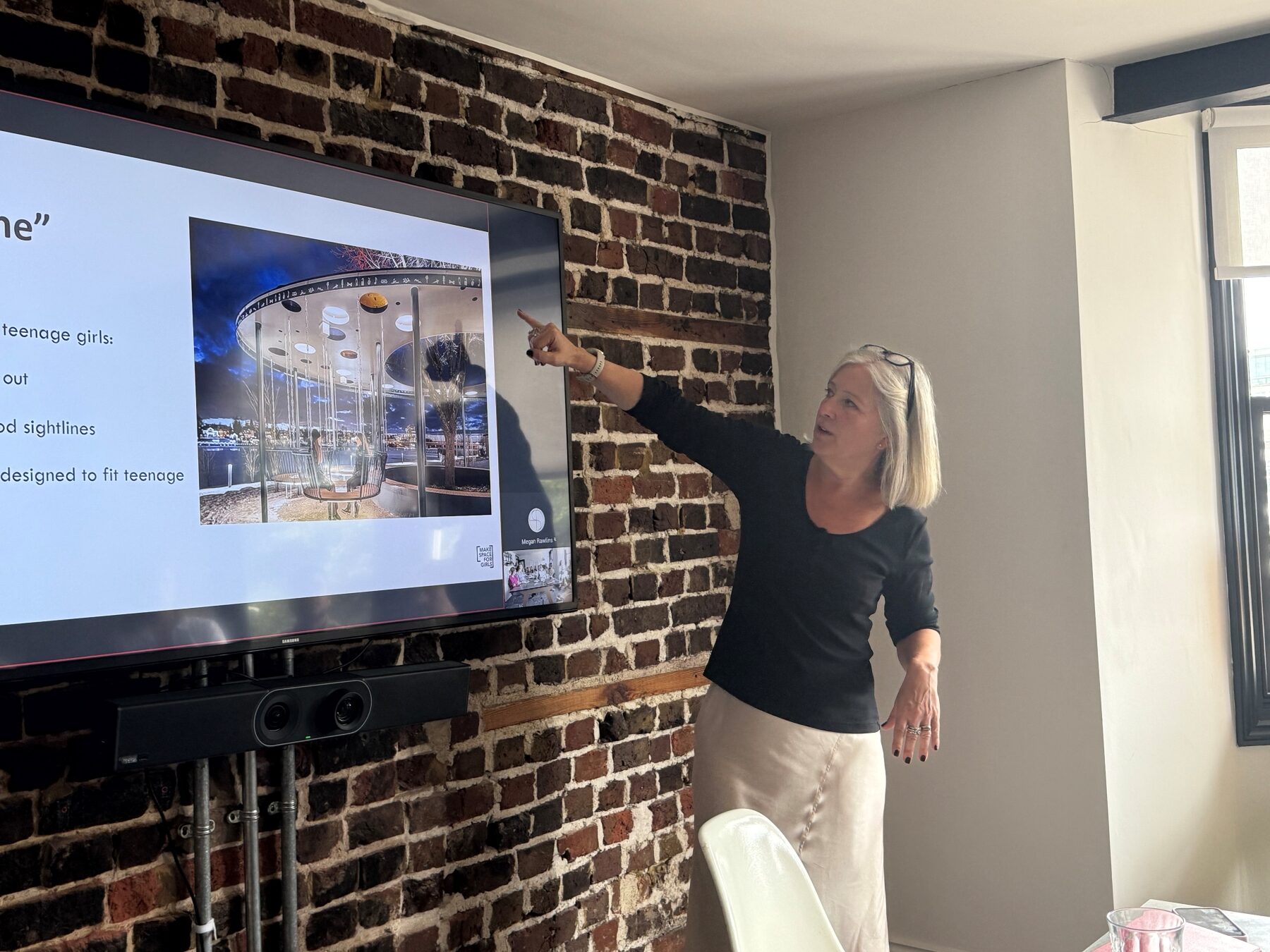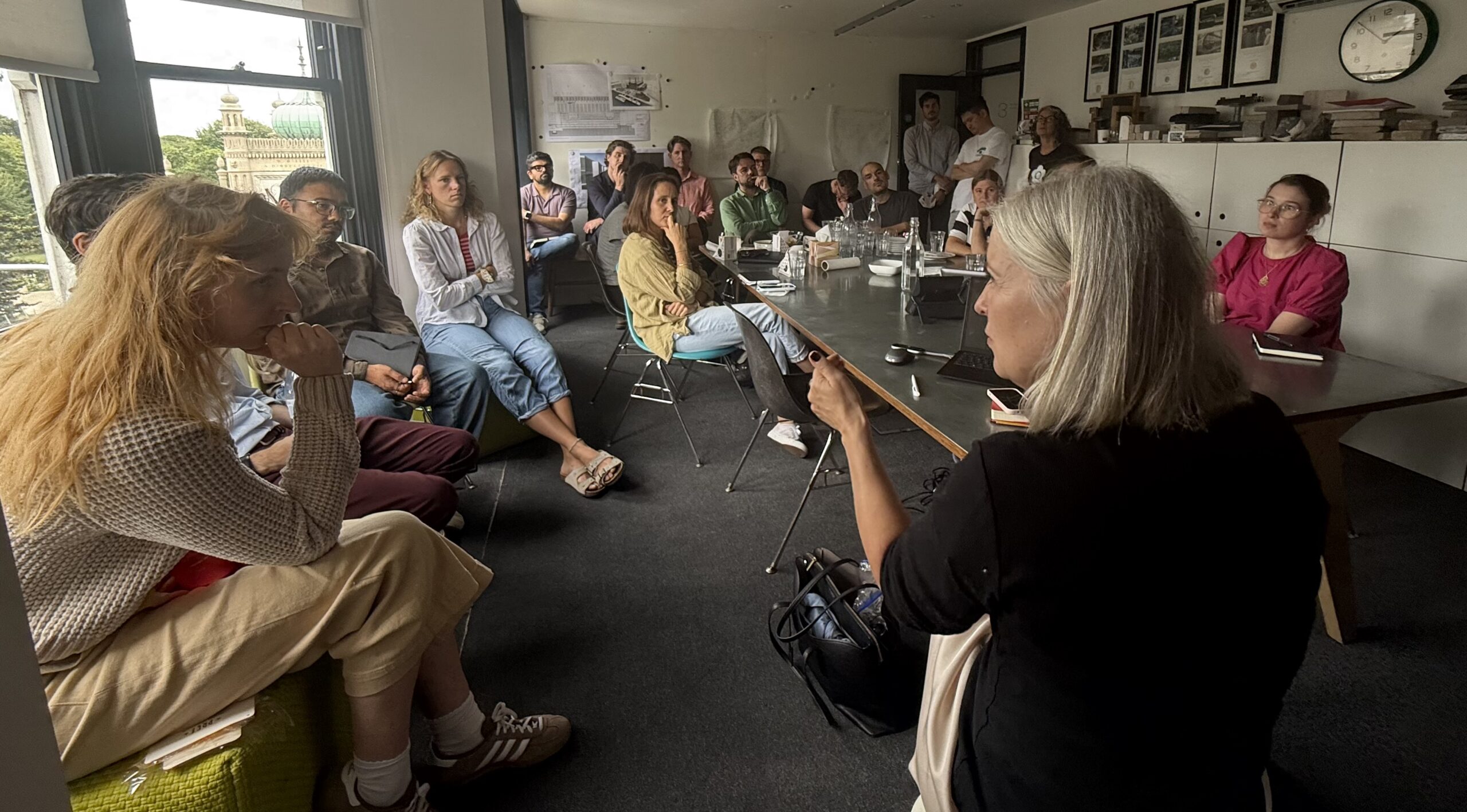reimagining parks to include safe spaces for girls
As designers for the public realm, it’s really important that we learn how to create spaces that are inclusive for everyone. So it was with pleasure that we invited “Make Space for Girls” to come and talk to us about what young girls, particularly teenagers wanted from parks and public spaces.
Teenage girls, in particular, are just not catered for in many of our parks, and that’s because preconceptions of what might make a park inclusive for young people are not necessarily true, or guidelines for what should be included in a park miss the mark.
“Currently provision for young people consists almost entirely of facilities such as skate parks, MUGA (aka fenced pitches) and BMX tracks. These are seen as meeting the needs of all young people when in fact they are places dominated by boys. Girls feel that parks are unsafe, and offer nothing for them, yet these issues are seldom acknowledged, never mind addressed.”
Make Space for Girls Report 2023
We gained real insights into why certain features, like these sports areas, might not work, and more importantly we learned what teenage girls do want, all backed up by some really striking statistics shared during the session. For example, 84% of the users of outdoor skateparks and 92% of the users of fenced pitches in our parks are boys and young men. This shows how the default solutions — MUGAs (Multi-Use Games Areas), skate parks, football pitches, and teen shelters — often serve a narrow demographic, leaving others feeling excluded or pushed to the margins.
The session highlighted how simple design interventions — like hammocks, well-designed benches, pavilions, or even large communal swings (think Gorky Park or Umeå) — can transform a space, making it feel safer, more welcoming, and genuinely inclusive for teenage girls and a wider range of young people.
It’s through our continuous learning programme workshops like these that we work hard to ensure our public realm schemes are safe and consider everyone who might use them. We need to move past ‘what’s always been done’ and start asking who our spaces are really serving — and who they’re leaving out.


